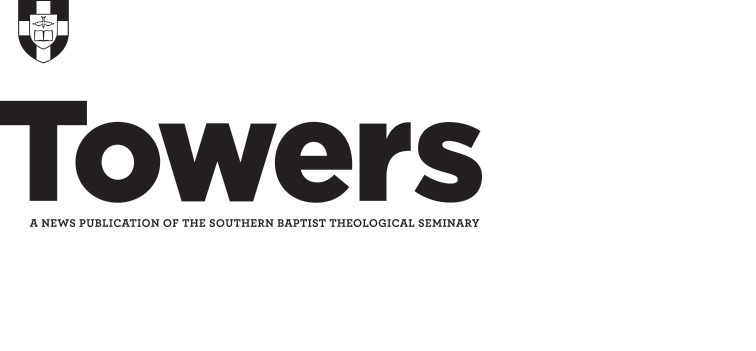New on display in the James P. Boyce Centennial Library is a numismatic collection featuring actual coins used throughout the Ancient Near East and Roman Empire over a 900-year period. This collection — 256 coins in total — is a recent donation from Kelly E. Blanton Jr., a private collector who wants to share his appreciation of ancient numismatics with a wide audience. The staff of the James P. Boyce Centennial Library has selected 29 coins for immediate public display, with the remainder of the collection to remain in archival storage in a secure and climate-monitored environment.
Visitors to the display will be able to see the variety of denominations including leptons, a penny-sized coin more commonly known as a “widow’s mite” on account of its connection with Luke 21:1-4 and Mark 12:41-44. At least one copper mite on display is believed to date from the time of the first Jewish revolt against Rome. Also of particular note are the tetradrachms of Tyre (alternatively known as “shekels”), which are possible representatives of the “thirty pieces of silver” which Judas Iscariot would have received for the betrayal of Christ.
The likenesses of many of the greatest personalities of the ancient world are represented on denarii, small silver coins widely circulated through the Roman Empire. On display are the iconic images of Cleopatra VII, Mark Antony, Vespasian, Domitian, Trajan, and Marcus Aurelius. The first Christian emperor, Constantine the Great, and his son grace two bronze coins displayed alongside the other Roman emperors.
Impressive though it is, the library display cannot convey the breadth of Blanton’s collection. Visitors to the archives office may request to peruse the rest of the items not currently on display. These coins include multiple examples of the Roman currency during the days of Paul and the early church. The names of Pontius Pilate, Herod Agrippa, Antonius Felix, and Porcius Festus have been familiar to Christians of all eras on account their prominence in the Gospel accounts and the book of Acts. Seeing actual currency associated with these aforementioned rulers, however, provides today’s students with an opportunity to connect directly with the ancient world in which the Holy Spirit worked mightily through men and women to establish the community of God’s people.
Some coins also testify to the prevalence of Greek mythology through the ancient age through the amalgamation of historical and symbolic figures as Alexander the Great with Hercules. Rome’s fabled deities such as Minerva and Justitia (commonly recognized as “Lady Justice” holding the scales) are also featured on reverse sides the coins that revere emperors on their obverse.
The Kelly Blanton Numismatic Collection will be of aid to students of New Testament and Greco-Roman history, but it also can serve the entire Christian community by helping bridge the time and cultural gaps between ourselves and the biblical world.




